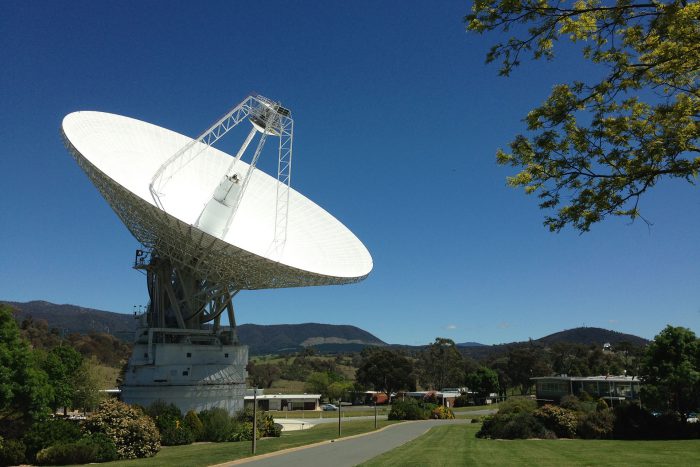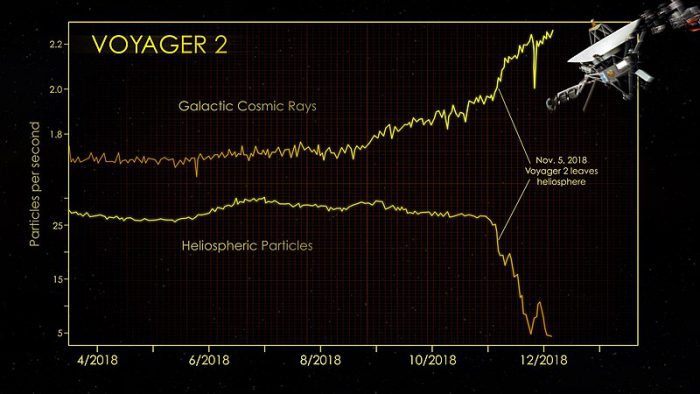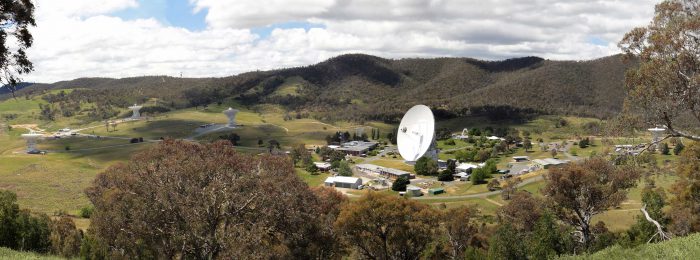Voyager 2 is Earth's longest-running, farthest-reaching spacecraft ever. Like its cousin, Voyager 1, it was launched over 40 years ago and is now in interstellar space, meaning it has completely left the reach of our Sun's gravity.
(Voyager trivia: Voyager 2 was actually launched before V1, on August 20, 1977 — V1 left 16 days later on September 5.)
But amazingly, despite being billions of kilometres from home, Voyager 2 has been in pretty much constant contact with Earth these four decades plus. But all of that is changing.
We're sorry, Voyager 2. But you're on your own.
Needed repairs

DSS-43 needs to be fixed. And Voyager 2 has to go it solo until it's back up and running. (NASA)
The reason? Repairs to the Deep Space Station 43 (DSS-43), a massive antenna in Canberra, Australia. This giant dish is the size of a 20-storey building and has been in operation for 50 years. It is also the only device capable of speaking to Voyager 2.
Now, the aging antenna is undergoing long-needed repairs. The result is that it will be shut down likely until January of 2021. From now until then, we can't speak with Voyager 2. (Though it can speak with us, as other dishes at the Canberra complex will be able to hear Voyager 2 — they just can't reply.)
These ten to eleven months will likely be the longest time that a NASA spacecraft has been without tech support from Earth. Of course, this is a craft that is already beyond the reaches of our solar system. What exactly can we do for it anyway, you might ask?
Just coasting

Each message takes 17 hours to reach Voyager 2, meaning that NASA must wait 34 hours after sending a message to get the craft's response! (NASA/JPL-Caltech)
Crafts like Voyager 2 are actually communicated with quite often. Just this past January, NASA had to work to correct an anomaly that threatened to send the craft off course. Knowing that they won't be able to help the craft if something happens, they've done everything they can to prepare it for the long, dark journey ahead.
Now, they just need to cross their fingers and hope that Voyager 2's onboard systems can handle the rest. This includes daily firing of the onboard rockets that keep the craft's dish aligned with Earth. So here's hoping that this deep space trouper stays safe and sound while DSS-43 is out of commission.
Just keep on coasting, Voyager 2. You're doing great!
 The Canberra Deep Space Communication Complex, where DSS-43 is found. (NASA)
The Canberra Deep Space Communication Complex, where DSS-43 is found. (NASA)









